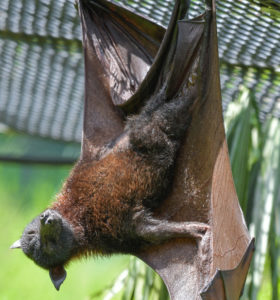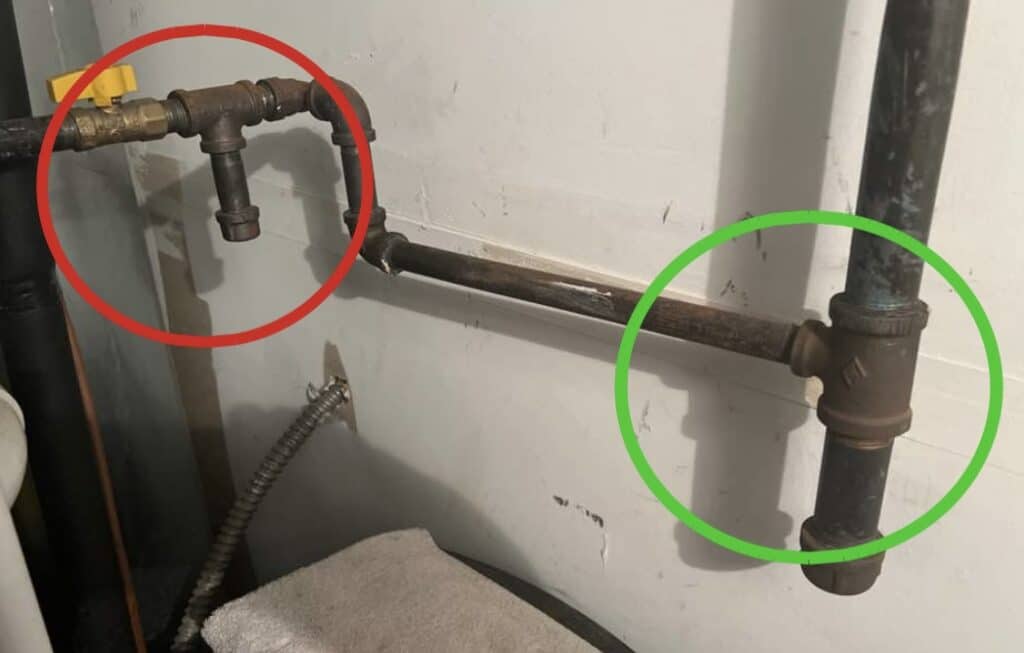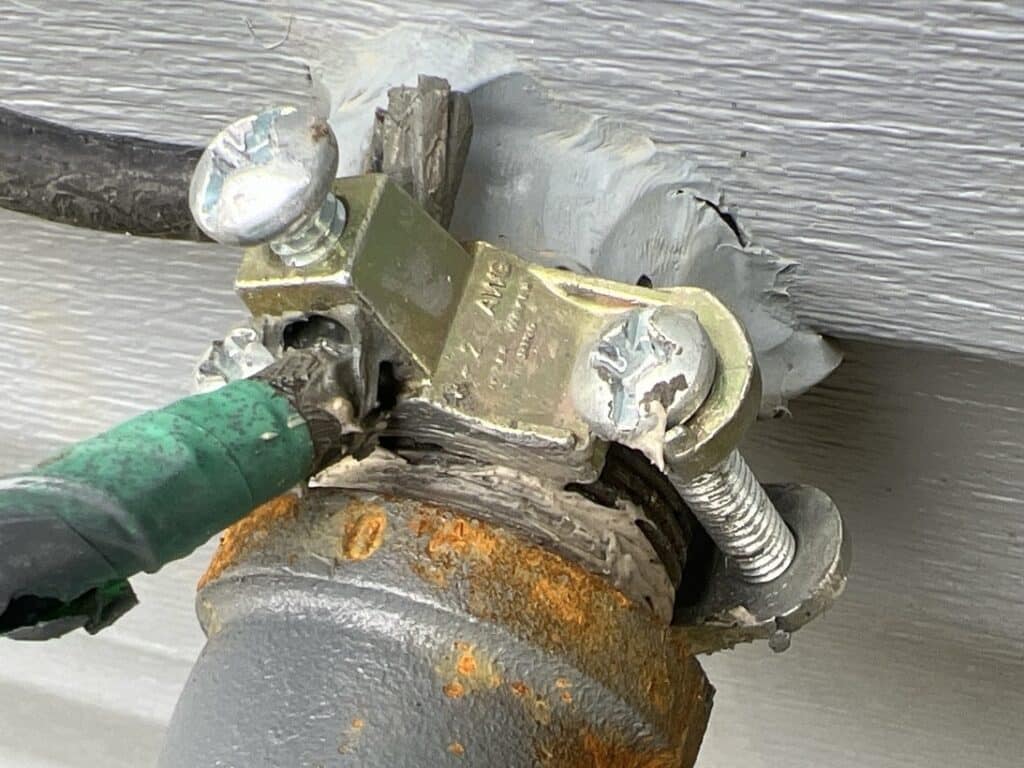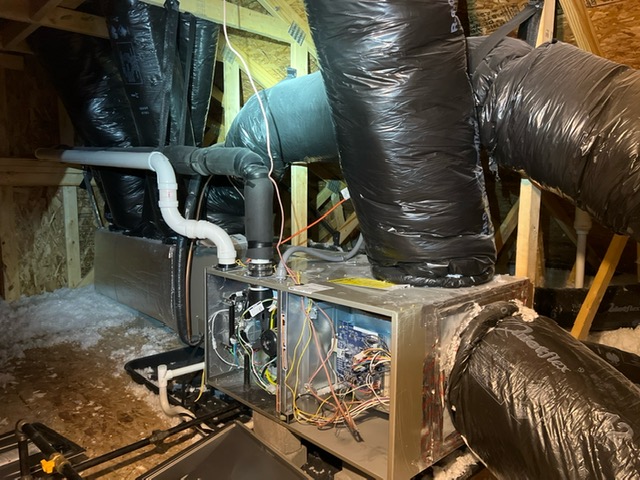Although bats don’t gnaw houses to shreds like squirrels or mice, bats can carry rabies, and their droppings can stain walls and ceilings.
Great care should be exercised when removing droppings particularly large deposits from attics or barns, the droppings often referred to as guano are highly toxic. Appropriate safety gear and respirator should be worn.
To keep bats away many homeowners try floodlights, attic fans, and ultrasonic devices, bats do notice them at first, but tend to ignore them after a short while.
The two most effective products to discourage bats are naphthalene or moth balls. The smell of the moth balls can be overpowering for the homes occupants, which can make them a poor choice.
The best approach is to seal them out, which is not easy since a full grown bat can squeeze a through dime-size hole.
The best way to do this do this is to stand outside at dusk and watch the bats leave for their nocturnal feeding, once they all appear to have left, hang hardware cloths over the exit spots. These clothes should be pinned from above on the exterior, permitting the bats to push through when leaving, but preventing them from re-entering.
leave it like this for a few days and you are then ready to seal up the hole.
After they have all departed, all the entrance holes need to be sealed with caulk and small-mesh screening placed over any vents.







